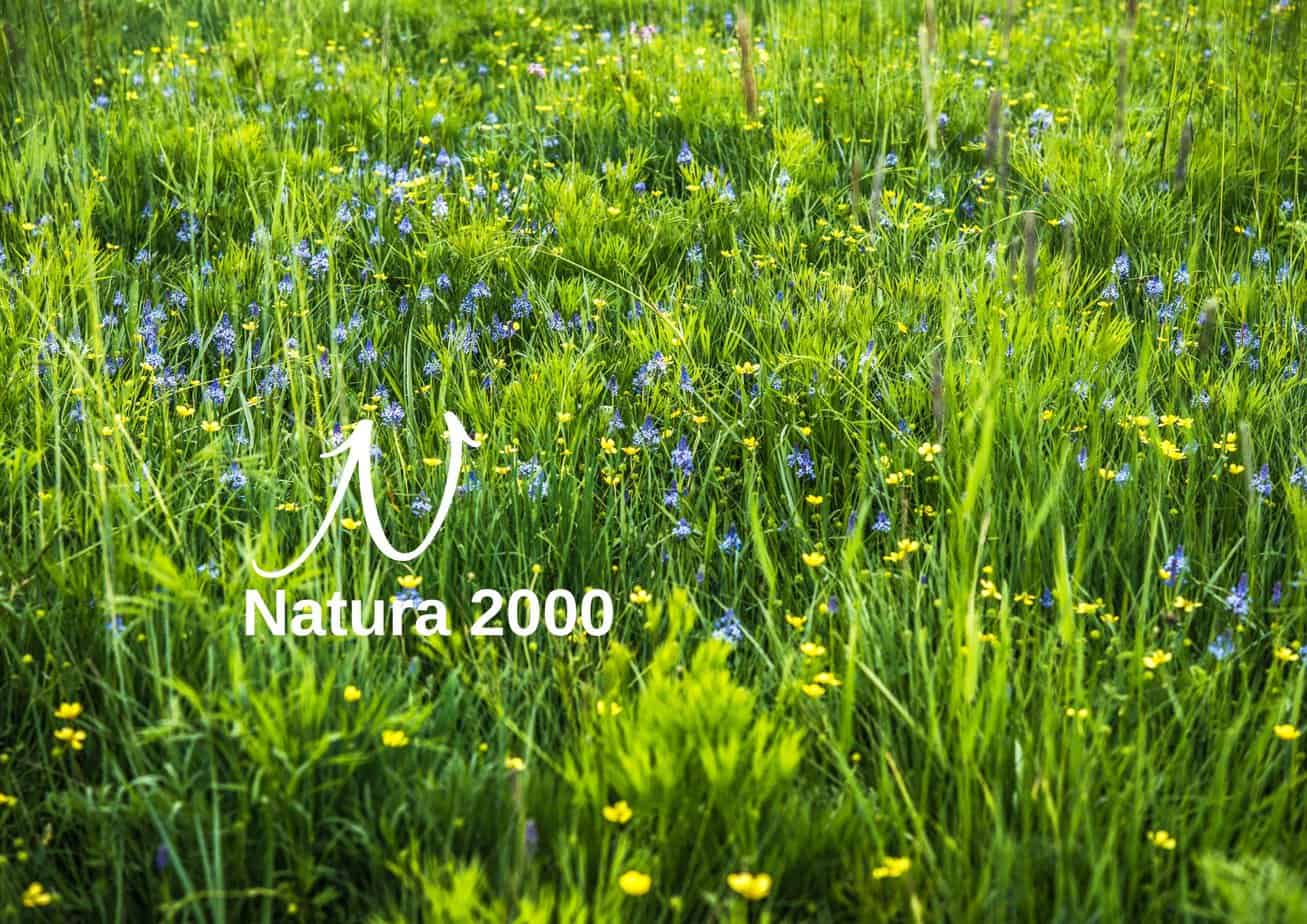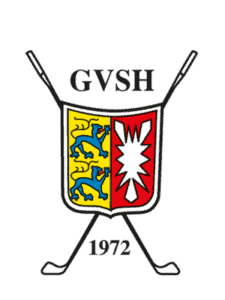Biodiversity lexicon: N for Natura 2000
Golf course operators are familiar with the term Natura 2000. The reason: Golf courses can also belong to Natura 2000 areas and are then affected by the corresponding regulations. When planning a golf course, the interests of Natura 2000 protected areas must also be taken into account.
The term Natura 2000 stands for the Europe-wide network of protected areas that serves to preserve biodiversity. It was created by the European Union in 1992 as part of the Habitats Directive (FFH Directive) and supplements the EU Birds Directive, which was adopted in 1979. The aim is to preserve natural habitats and wild animal and plant species of community importance in the long term.
Extent and distribution
With more than 27,000 protected areas covering a total area of around 18 % of the EU territory, Natura 2000 is the largest coordinated network of protected areas in the world. In Germany, around 15 % of the country’s territory is part of the network, including forests, moors, floodplains, coastal regions and Alpine terrain. Unlike traditional national parks, the focus is not on complete protection, but on reconciling use and protection.
Subscribe to our newsletter!
News & trends about sustainability in golf
Objectives and principles
The core objective of Natura 2000 is to preserve or restore a “favorable conservation status” of habitats and species. Many species on the Red List – such as the otter, the black stork or rare orchids – benefit from the measures within Natura 2000 areas. The protected areas also contribute to climate adaptation, as they store water, prevent erosion and act as ecological corridors. Natura 2000 therefore not only contributes to the protection of individual species, but also stabilizes entire ecosystems.






 Image: Helmut Böhmer
Image: Helmut Böhmer Foto: Tristan Jones/LET
Foto: Tristan Jones/LET